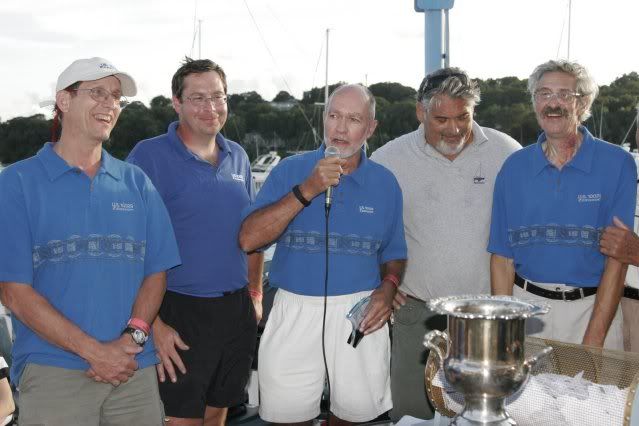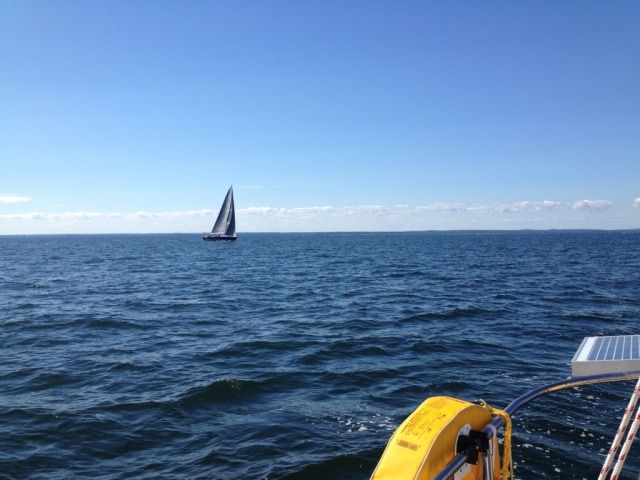There is a reason why there are races, and actual results.
Some love the theories and the numbers, and who should win based on abstractions. (When I was involved in SCCA solo II racing, people did the same things with sports cars: "Well, based on the numbers, this one should easily beat that one..." It did not always work that way in reality: some things in vehicle design cannot be accurately measured. The whole is often greater than the sum of the parts. Also, some of the guys with the most expensive cars were not willing to actually push them to the limit while racing, because they were too precious to risk destroying.)
Results matter.
In sailing, when the wind blows 20-30 knots on the race course, the hype and the B.S. are separated from the reality. These theoretically faster boats are apparently not showing up for the races. The fact is, these 30 year old West Coast ULDBs, the Olsons, the Hobies, the Santa Cruzs, the Moore, even the older East Coast J boats and early 90s racers, are still winning races.
Is it possible that all the claims about technological improvements in sailboats in the last 20 to 30 years is mostly puffery to sell boats, in an industry that is a victim of its own successes in the 70s and 80s?
The marine industries took a left turn after the recession in the '80s in order to survive, dropping value-oriented spartan race boats and dual purpose boats in order to survive. Now, the bulk of boats are either expensive production condo cruisers that appeal to wives at boat shows (and rate no better than the 70s and 80s racer/cruisers of the same LOA), or expensive all-out high-tech racing boats that break fairly easily. A sane boat buyer today asks, "why should I pay X for a new boat, when I can buy a used boat that does 95% of what X can do, for one-tenth the price?"
I don't buy the hype. Outside of Gran Prix sailboat racing, there has not been such a great improvement in production boats over the last 20 to 30 years to justify the greatly higher prices. It is a matter of value. The planing racers from the '70s, '80s and the early '90s racers can still win, at all but the highest levels. If you have any doubts, look at the 2012 Newport to Bermuda race results.
Is anyone surprised that Sabre Yachts just ceased production of its sailboat line? Exactly why would someone pay half a million dollars for one of its new cruising sailboats?
You wonder why sailing is a dying sport, a dying activity? It is not because we sailors are not inviting enough novices in. The marine industries stopped catering to the affluent-but-not-rich masses in the late 80s, and they have been headed down ever since. The other thing you can notice about this past weekend's local races - the Down the Bay race and the St. Michaels race - is not too many people are participating any more.






